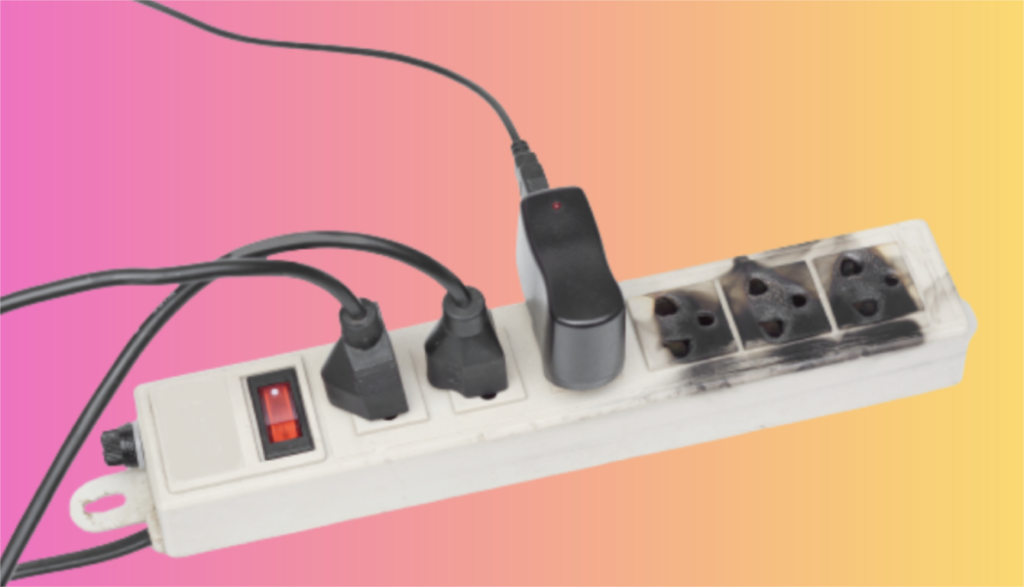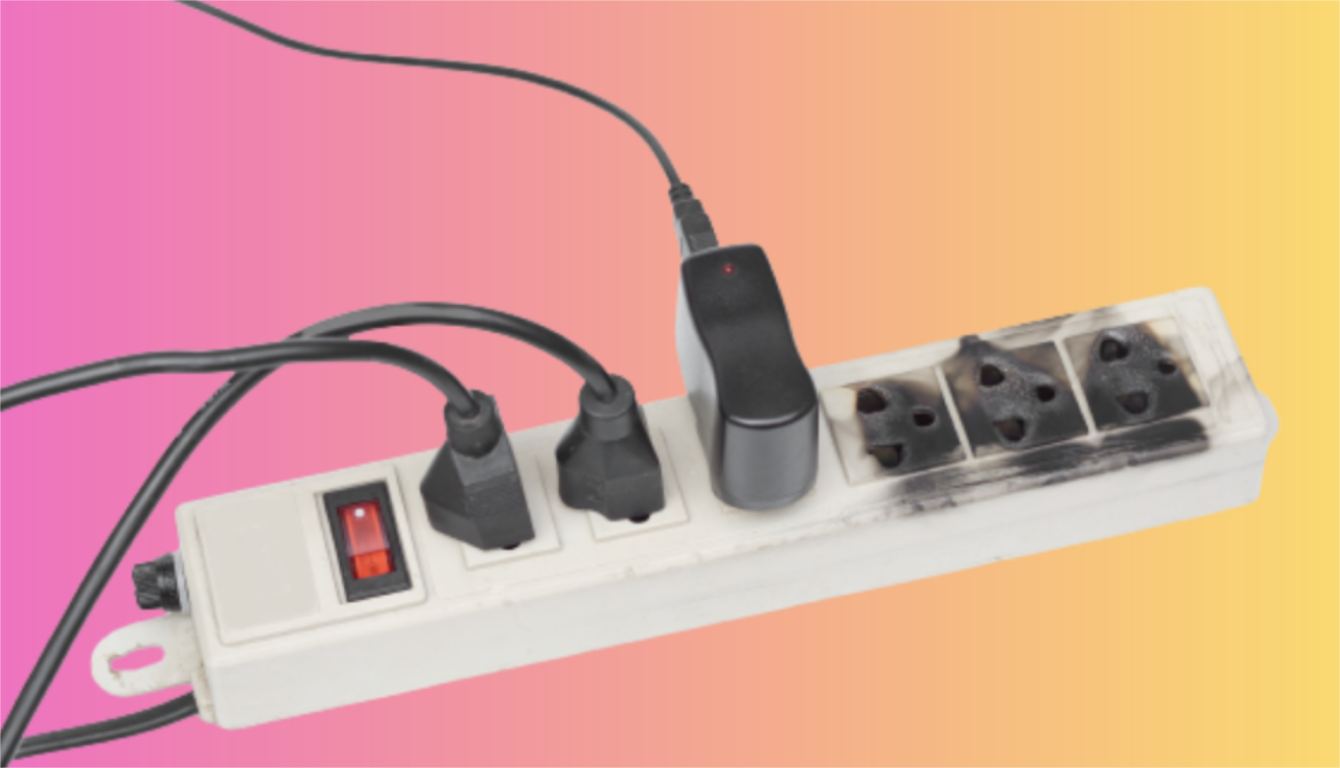
Surge protectors are like silent guardians for our electronics. But how do we know if they still work or need replacing?
Surge protectors can degrade over time, losing their protective capacity and leaving your devices vulnerable. Regular checks—like monitoring indicator lights or looking for physical damage—help ensure they’re still up to the task.
Sometimes, we only find out a surge protector has gone bad after a device fails.
It’s easy to miss the signs until it’s too late.
How can you tell if a surge protector is bad?
A well-functioning surge protector quietly absorbs power spikes, but over time, it can degrade without giving obvious warnings.
A failing surge protector often shows telltale signs like a dim or unlit status light, scorch marks, or an unusual burning smell. If your protector frequently trips or no longer powers your devices reliably, it may need replacing. Acting fast can safeguard your gadgets from damage.
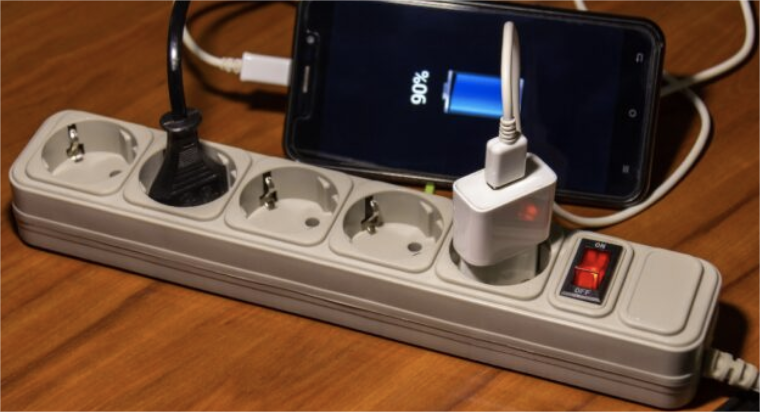
Surge protectors contain internal components—often Metal Oxide Varistors (MOVs)—that absorb excess voltage. With each spike, these MOVs degrade a bit more, gradually losing their capacity to protect. You might still see power flowing to your devices, but the surge protection could be compromised without your knowledge. An easy test is to look at the status or protection light on your strip or unit. If it’s off or flickering, the internal components may have reached their limit. Learn more about how surge protectors lose their effectiveness.
Physical Inspections
It’s not just about lights, though. Pay attention to discoloration around the outlets, melted plastic, or odd odors that hint at overheating. If you see any of these signs, it’s time to toss that protector. For a detailed guide, check out signs of physical damage in surge protectors1.
Frequent Tripping
Some surge protectors have built-in circuit breakers that shut off power when overloaded. Repeated tripping, especially under moderate loads, can indicate a weakened protector. In this case, distributing your devices across multiple protectors might help, but often you’ll need a replacement for true peace of mind. Learn more about frequent tripping and its implications2.
Usage Environment
A surge protector used in a lightning-prone region or in an environment with frequent power fluctuations may wear out faster. In contrast, a lightly used protector in a stable power grid might last longer. Knowing how many surges it has endured—and their intensity—can help you gauge its health, but that’s not always feasible. Consider tools like surge counters or whole-home surge protection for better monitoring.
| Condition | Possible Cause | Action Required |
|---|---|---|
| Protection light off | MOVs degraded | Replace surge protector |
| Melted plastic/odors | Overheating from internal failure | Dispose immediately |
| Repeated circuit trips | Overloading or weakened components | Distribute load or replace unit |
Ultimately, a bad surge protector leaves you exposed to potential damage. Checking the light indicators, examining the physical condition, and noticing performance irregularities are simple ways to tell if your unit is done protecting.
How long does the surge protector last?
Surge protectors don’t have an infinite lifespan, even if they seem fine at first glance.
Most surge protectors effectively last three to five years, depending on how many voltage spikes they handle. Consistent electrical surges, storms, or regular overloading can reduce their life expectancy. Keep track of the purchase date and replace them proactively to maintain safe coverage.
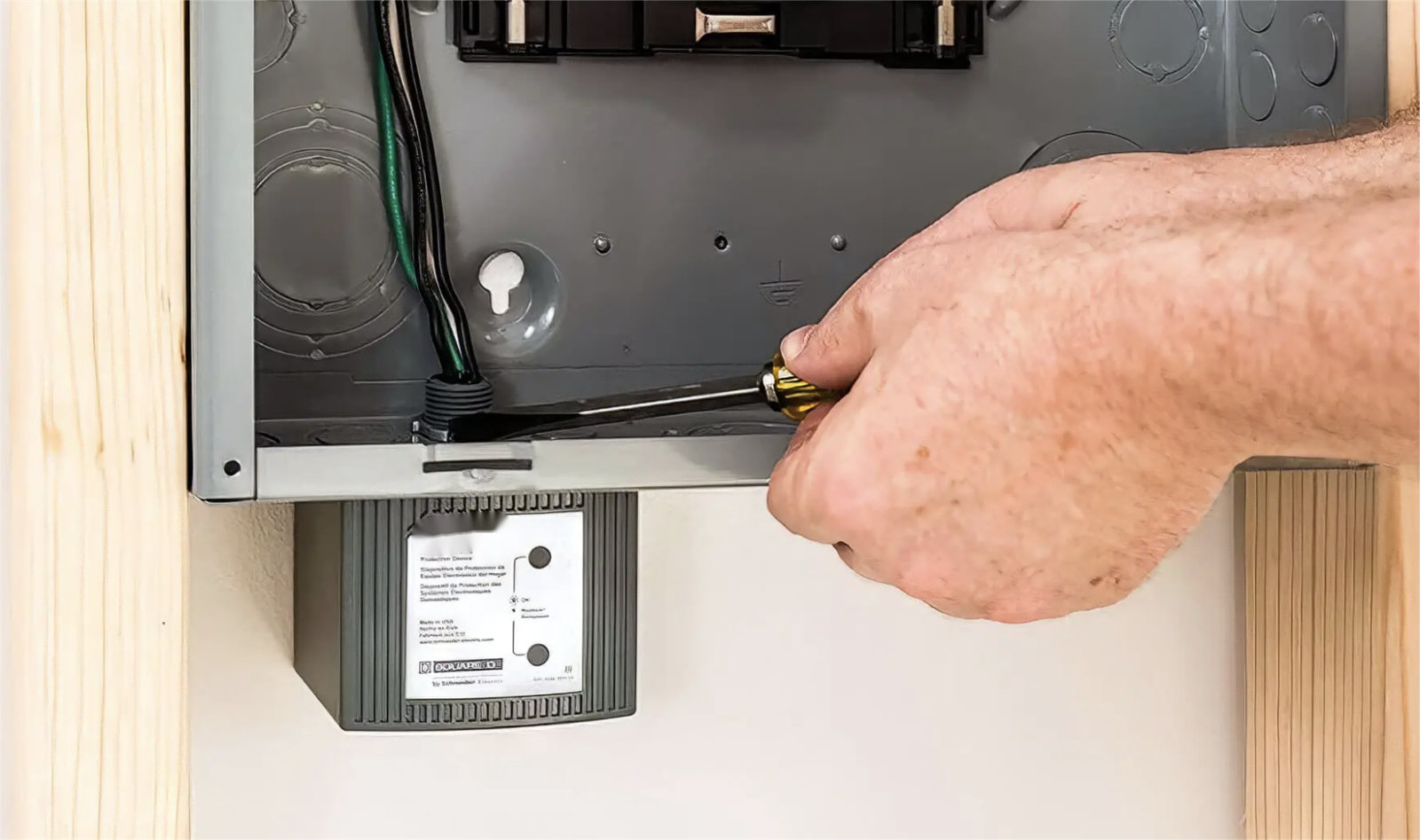
The lifespan of a surge protector hinges largely on usage conditions and build quality. Surge protectors are rated by joules—a measure of how much surge energy they can absorb over time. For example, a unit with a 2,000-joule rating can handle multiple smaller surges or a few big ones. Each event chips away at its protective capacity. Learn more about how joule ratings impact surge protector lifespan3.
Environmental Factors
Climate plays a key role. In areas with frequent thunderstorms, your protector endures more stress. Even short but intense brownouts or flickers can slowly degrade the MOVs. Some advanced models track the cumulative energy absorbed, offering a status light that changes color or goes off entirely when nearing the end of life. For advice on monitoring surge protectors in storm-prone regions4.
Regular vs. Heavy-Duty Use
Office surge protectors may handle continuous loads from computers, printers, and monitors. High-draw devices—like space heaters or microwaves—compound the stress. Heavy-duty models are designed to manage greater wattage, but they still wear out over time. Discover how to choose between regular and heavy-duty surge protectors.
| Usage Scenario | Recommended Protector | Rationale |
|---|---|---|
| Office setup | 1,000–2,000 joules | Handles moderate loads |
| Home theater | 2,000–3,000 joules | Protects multiple high-end devices |
| Workshop with power tools | 3,000+ joules, heavy-duty | Withstands high-draw tools |
Preventive Replacements
If it’s been three to five years since you bought your surge protector—or you can’t remember when you got it—consider replacing it, especially if it’s seen its share of storms. Think of it like a smoke detector battery: it might still “work,” but waiting for failure could be costly.
Ultimately, treat the three- to five-year guideline as a general roadmap. If you suspect your surge protector has faced numerous or severe surges, swapping it out sooner can save you the headache and expense of replacing expensive electronics.
Is it safe to use an old surge protector?
A decade-old surge protector might still pass electricity, but is that reason enough to keep it?
Old surge protectors can lose their protective function even though they continue powering your devices. Over time, they become less reliable, raising the risk of electrical damage. If your unit shows signs of wear or hasn’t been replaced for years, it’s safer to upgrade to a newer model.
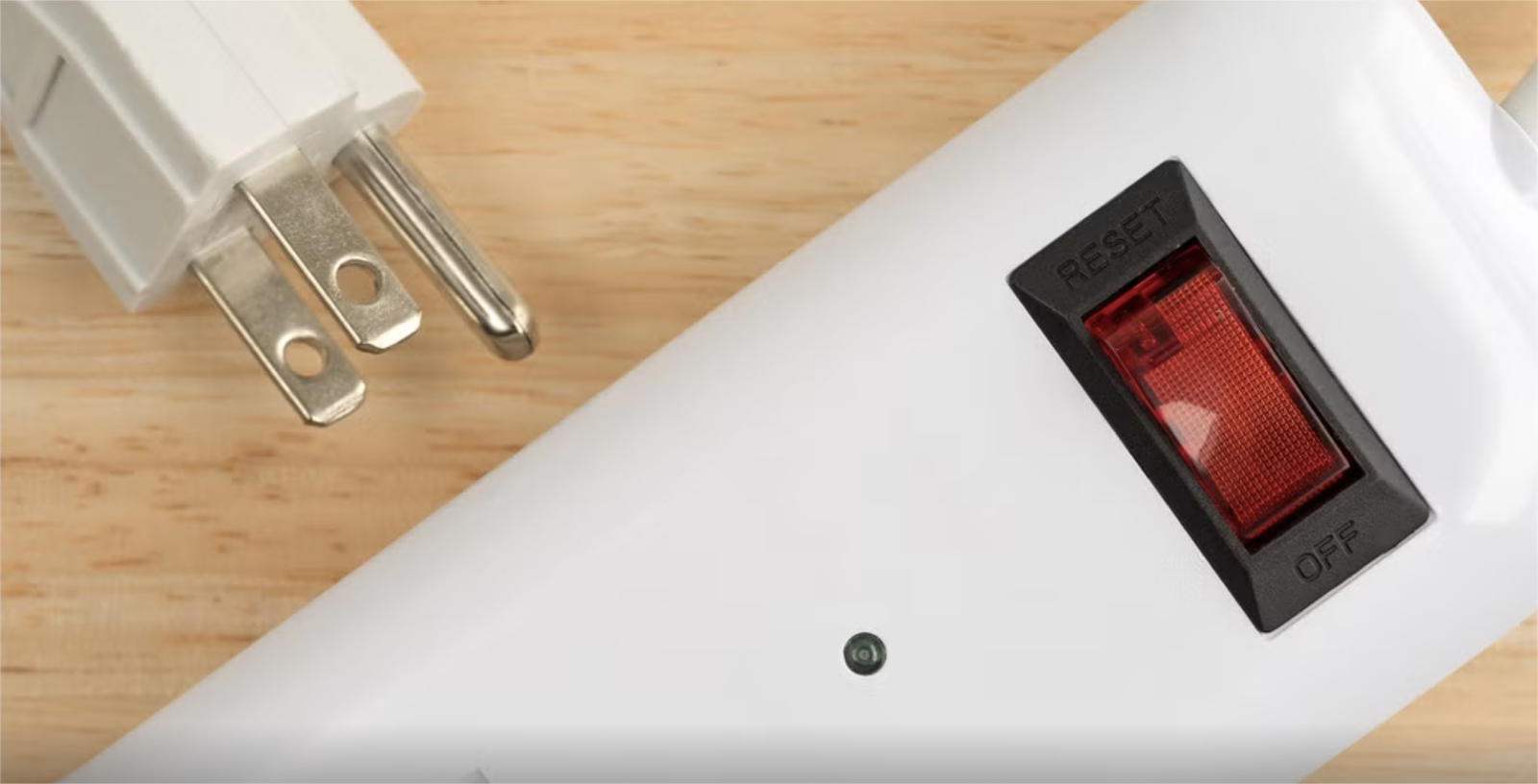
From an environmental standpoint, reusing electronics is typically good. However, with surge protectors, the aging internal components may no longer function properly. Think of them like car tires: they can degrade due to factors beyond daily mileage—like dry rot or environmental exposure. Learn more about why surge protectors degrade over time5.
Invisible Wear and Tear
Surge protection hinges on delicate parts inside the unit. These parts degrade with every spike, and at some point, they simply can’t handle another. Without any outward warning, your older protector might just act like a plain power strip. When a big surge hits, your expensive devices could take the brunt. Discover how MOVs wear out silently6.
| Component | Role | What Happens Over Time |
|---|---|---|
| Metal Oxide Varistors (MOVs) | Absorbs and dissipates surges | Degrades with each surge or spike |
| Thermal Fuses | Prevents overheating | May weaken, reducing response efficacy |
| Indicator Lights | Shows surge protection status | May fail to warn about internal issues |
Manufacturer Recommendations
Some brands specify a rough timeframe for safe use—often around three to five years, similar to standard guidelines. More advanced models include a light indicating end-of-life for the surge protection feature. If that light’s gone dark, you’ve lost the main line of defense. For specific brand guidelines, refer to manufacturer-recommended surge protector lifespans.
Balancing Cost and Safety
Surge protectors are relatively inexpensive compared to the devices they protect. Holding onto an old unit to save a little money may increase the risk of losing hundreds—or thousands—of dollars worth of electronics. Ask yourself if that’s a gamble worth taking. Learn why replacing old surge protectors is worth it.
For those reasons, an outdated surge protector can become more of a liability than an asset. Regular evaluation, especially if you notice any faults or if it’s past its prime, ensures you’re not inadvertently putting your devices in harm’s way.
What causes a surge protector to fail?
Even the best surge protectors can fail over time, and certain factors hasten the process.
Repeated power surges, lightning strikes, or consistently exceeding the device’s wattage capacity can lead to early breakdown. Cheap internal components also degrade faster, weakening protection and risking complete failure when a big voltage spike occurs. Keeping usage within recommended limits prolongs your surge protector’s life.
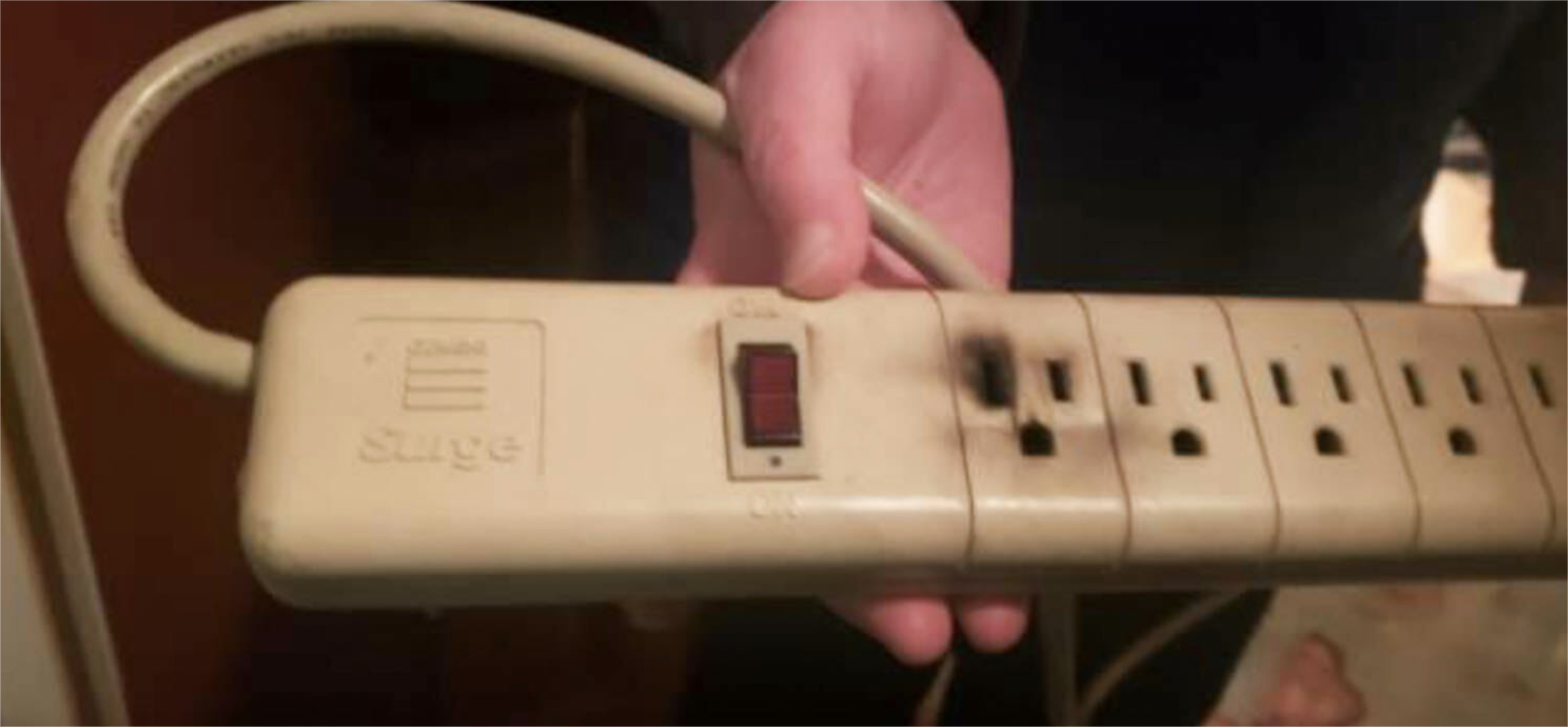
Every surge protector includes sacrificial components—like MOVs—that clamp down on excessive voltage. The process generates heat, which eventually depletes these components. After repeated events, they simply can’t absorb any more energy. Learn more about how MOVs function in surge protectors.
Big Surges vs. Multiple Small Surges
One large strike can destroy a surge protector in an instant. More commonly, it’s the cumulative effect of small, frequent spikes. Even toggling high-draw appliances—like air conditioners—can send mini-surges through your home’s wiring. Over months or years, these gradually erode the protector’s capabilities. Check out how frequent small surges impact protectors7.
Exceeding Load Ratings
Surge protectors also carry an amperage or wattage rating. Overloading it with too many devices risks tripping built-in breakers and causing internal overheating. This can lead to melting or damaging circuit boards, effectively crippling surge protection. Learn more about understanding load ratings8.
| Issue | Potential Cause | Effect on Protector |
|---|---|---|
| One large surge | Lightning strike or power surge | Instant failure of internal MOVs |
| Multiple small surges | High-draw appliances or power flickers | Gradual degradation of protection |
| Overloading | Too many devices plugged in | Breaker trips; potential overheating |
Environmental and Physical Factors
Moisture, dust buildup, or physical damage can degrade the unit. If used in dusty workshops or basements, keep them clear of debris and occasionally check for rust or bent prongs. For more tips, explore how environment affects surge protector lifespan.
Quality Matters
Cheap protectors often use lower-grade MOVs or subpar designs, hastening failure. Investing in a higher-end surge protector with recognized certifications can ensure more consistent performance. Plus, some premium brands offer warranties or insurance for connected devices, reflecting their confidence in build quality. Check out why quality surge protectors are worth the cost.
Monitoring usage, keeping within load limits, and investing in a reputable brand can significantly reduce the chances of a sudden protector failure at the worst possible moment.
Conclusion
Surge protectors won’t last forever, and pushing them too long can leave your electronics at risk. Keep an eye on status lights, watch for physical damage, and replace your protector every few years or after significant surges. A small upgrade cost now can save you a lot down the road.
-
This link offers insights into visual and sensory indicators like discoloration or odors that signal damage. ↩
-
This link explains why circuit breakers in surge protectors trip and what users can do to resolve or prevent it. ↩
-
This link explains how joule ratings correlate with the ability of surge protectors to handle multiple or large surges. ↩
-
This link offers tips for tracking surge protector performance in high-risk climates. ↩
-
This link explains the natural wear and tear of surge protectors and why they eventually lose effectiveness. ↩
-
This link provides an in-depth look at how internal components like MOVs degrade without visible signs. ↩
-
This link explores the cumulative damage caused by minor surges over time. ↩
-
This link provides guidance on avoiding overloads and how wattage limits impact protector performance. ↩

